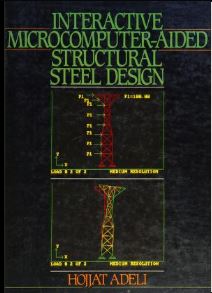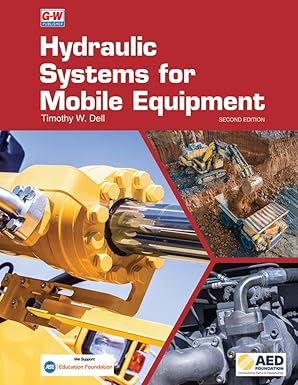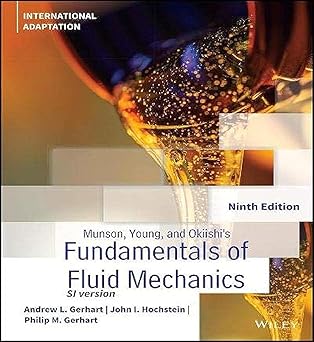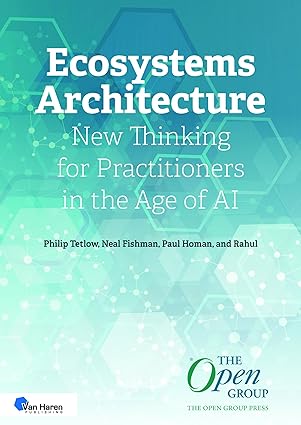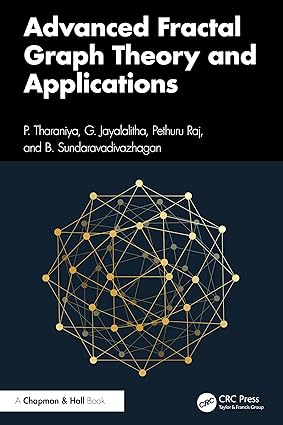This book presents a new approach to structural steel design called interactive
microcomputer-aided design. Many steel designers are still designing structures
with the aid of design tables, charts, and graphs. The last edition oft he authoritative
Manual of Steel Construction published by the American Institute of Steel Construction
(AISC) (47) as well as a number of other recently published manuals is evidence
of this fact. These traditional design aids often cannot be used directly, and the
designer must resort to the wearisome process of interpolation. A survey of recent
design textbooks also indicates that this is the way future structural engineers are
taught design courses in most engineering schools.
The advent of inexpensive microprocessor-based computers is changing the
way structures are designed, and a growing number of engineers and engineering
programs are responding to the change. Computer-aided analysis of structures is
now performed routinely in most engineering schools and engineering firms.
Introduction of computers into the design process, however, has been relatively
slow. While the process of analysis can easily be automated, total automation of
the design process without the interaction of the human designer is at present
impractical except for very limited cases.
This book presents the fundamental subjects of steel design on microcomputers
through the approach of interactive design. In this approach, the designer or user
of the system is in charge, and the system works as an assistant to him or her. The
philosophy and principles behind this approach are described in Chapter Three.
Computer-aided design (CAD) programs presented in this book are all developed
in Advanced BASIC. BASIC language lends itselft o such interactive CAD systems
very effectively.
چکیده فارسی
این کتاب رویکرد جدیدی را در طراحی سازه های فولادی به نام تعاملی
ارائه می دهد
طراحی به کمک میکرو کامپیوتر بسیاری از طراحان فولاد هنوز در حال طراحی سازه هستند
با کمک جداول، نمودارها و نمودارهای طراحی. آخرین ویرایش غالباً معتبر
کتابچه راهنمای ساخت و ساز فولادی منتشر شده توسط موسسه آمریکایی ساخت و ساز فولادی
(AISC) (47) و همچنین تعدادی دیگر از کتابچه های راهنما که اخیراً منتشر شده است شواهد است
از این واقعیت این وسایل کمکی طراحی سنتی اغلب نمی توانند مستقیماً مورد استفاده قرار گیرند و
طراح باید به فرآیند خسته کننده درونیابی متوسل شود. بررسی
اخیر
کتابهای درسی طراحی نیز نشان میدهند که مهندسان سازه آینده اینگونه هستند
تدریس دروس طراحی در اکثر دانشکده های مهندسی.
ظهور رایانه های ارزان قیمت مبتنی بر ریزپردازنده،
را تغییر می دهد
نحوه طراحی سازه ها و تعداد فزاینده ای از مهندسان و مهندسین
برنامه ها به این تغییر پاسخ می دهند. تحلیل سازه ها به کمک کامپیوتر
است
در حال حاضر به طور معمول در اکثر دانشکده های مهندسی و شرکت های مهندسی انجام می شود.
با این حال، ورود کامپیوترها به فرآیند طراحی نسبتاً
بوده است
آهسته. تدریجی. در حالی که فرآیند تحلیل را می توان به راحتی خودکار کرد، اتوماسیون کلی
فرآیند طراحی بدون تعامل انسان طراح در حال حاضر است
غیر عملی به جز موارد بسیار محدود.
این کتاب موضوعات اساسی طراحی فولاد را در میکروکامپیوترها ارائه می کند
از طریق رویکرد طراحی تعاملی در این رویکرد، طراح یا کاربر
سیستم مسئول است و سیستم به عنوان دستیار او عمل می کند.
فلسفه و اصول پشت این رویکرد در فصل سوم توضیح داده شده است.
برنامه های طراحی به کمک کامپیوتر (CAD) ارائه شده در این کتاب همگی توسعه یافته اند
در Advanced BASIC. زبان بیسیک به چنین سیستم های تعاملی CAD کمک می کند
بسیار موثر.
ادامه ...
بستن ...
- ISBN-10 : 0134699823
- ISBN-13 : 978-0134699820
ادامه ...
بستن ...
